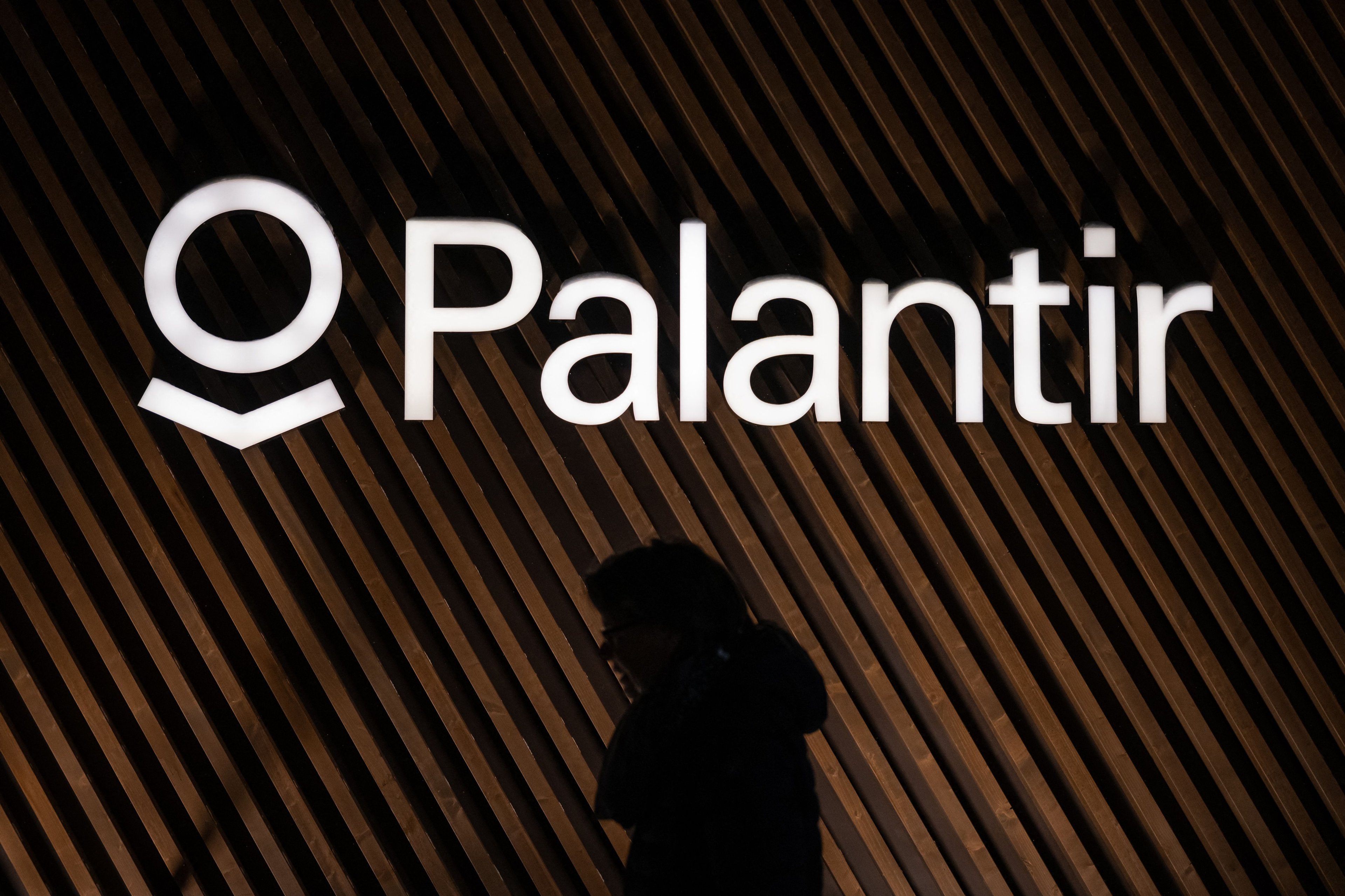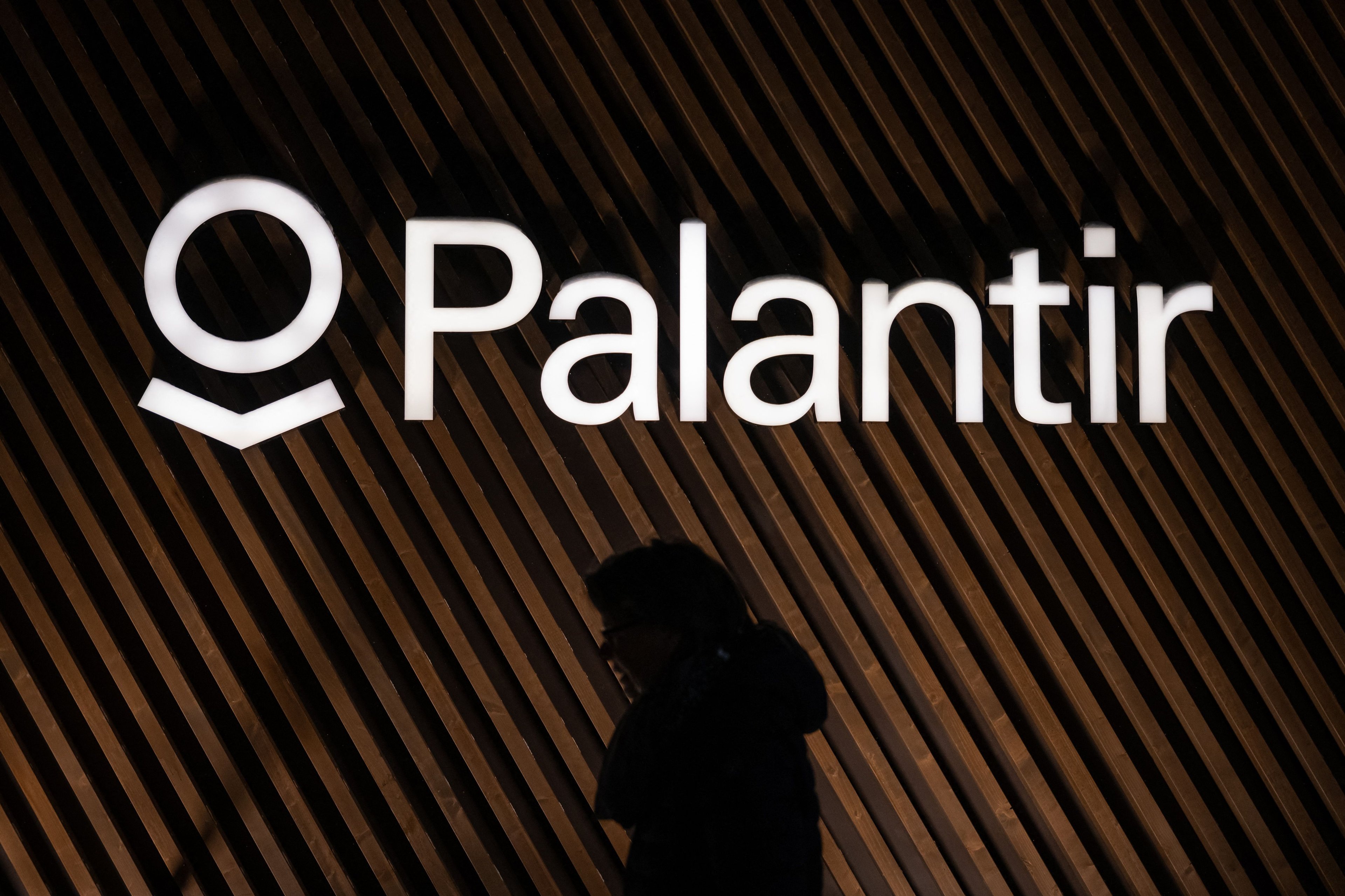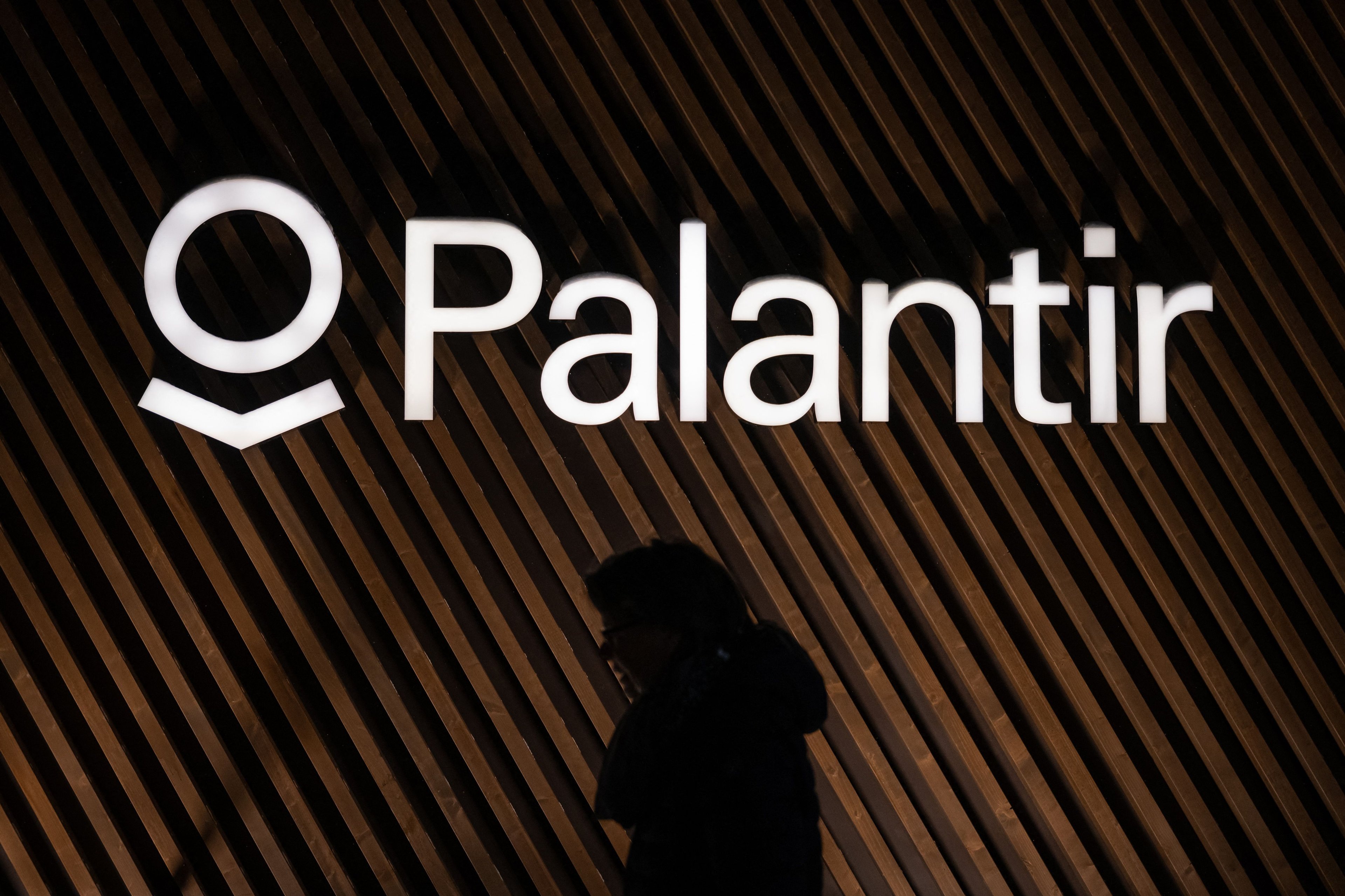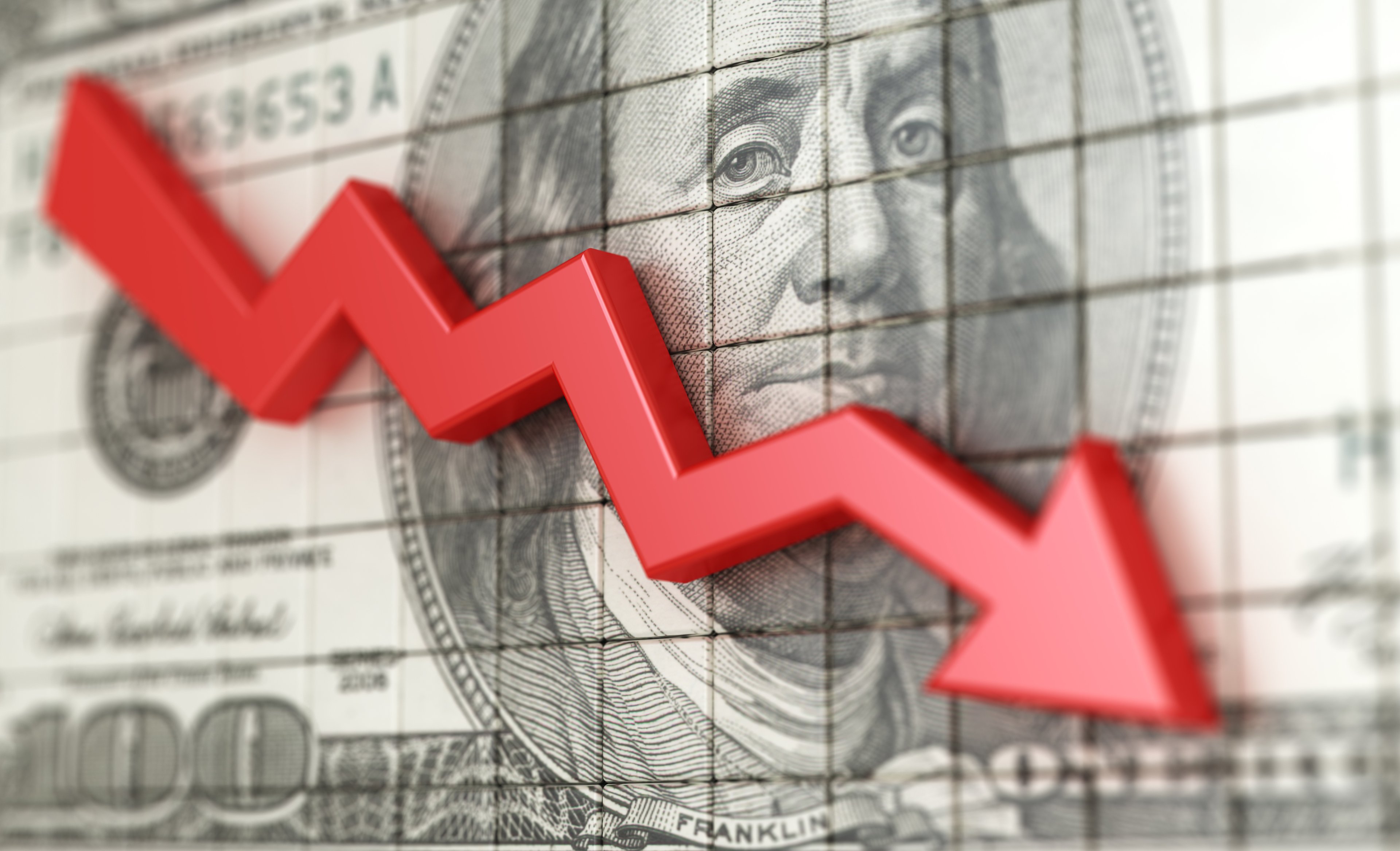We are more than two years into the artificial intelligence trade, and Palantir Technologies (PLTR 2.99%) and Nvidia (NVDA 2.22%) have been standout performers. Their share prices since January 2023 have increased 2,000% and 875%, respectively. But certain Wall Street analysts think it's time to sell.
- Brent Thill at Jefferies has a sell rating on Palantir. His target price of $60 per share implies 55% downside from the current share price of $136.
- Jay Goldberg at Seaport Research has a sell rating on Nvidia. His target price of $100 per share implies 30% downside from its current share price of $143.
Wall Street seems to agree with Brent Thill where Palantir is concerned. The median target price among 28 analysts is $110 per share, which implies 19% downside. But Jay Goldberg has the lone sell rating on Nvidia, and the median target price among 69 analysts is $175 per share, which implies 22% upside.
Here's what investors should know about Palantir and Nvidia.

Image source: Getty Images.
Palantir Technologies: 55% implied downside
Palantir develops analytics platforms that help customers make sense of complex information. Its software drives efficiency with nuanced insights that improve operational decision-making. That value proposition is relevant across virtually every industries. Palantir helps banks prevent fraud, manufacturers fortify supply chains, retailers optimize inventory, and defense agencies track and target enemy combatants.
Several independent analysts recently recognized the company as a technology leader in artificial intelligence and machine learning software. "Palantir is quietly becoming one of the largest players in this market," wrote Mike Gualtieri at Forrester Research. And CEO Alex Karp says unique software architecture makes Palantir one of the only companies that can move AI projects from prototype to production.
Palantir reported solid first-quarter financial results. Revenue increased 39% to $884 million, the seventh consecutive acceleration. And non-GAAP net income increased 62% to $0.13 per diluted share. Additionally, the company raised full-year guidance, such that revenue is now projected to grow 36% in 2025. Management said demand for its artificial intelligence platform was a key tailwind.
Brent Thill at Jefferies has consistently praised Palantir for its technology and execution. "It's a great company. I'm not disputing the fundamentals," he said. But Thill has a problem with the valuation. Palantir has a forward price-to-sales (PS) ratio above 80, which makes it the most expensive software stock on the market. In fact, Thill says its price could fall 70% and it would still be the most expensive software stock.
Here's my take: I agree wholeheartedly. Palantir is an excellent business that could be worth more in the future. But the risk-reward profile is skewed toward risk today. Shareholders could suffer huge losses if the broader stock market loses momentum or Palantir fails to meet lofty expectations. The most prudent strategy is to trim large positions and avoid buying shares until the valuation is tolerable.

NASDAQ: NVDA
Key Data Points
Nvidia: 30% implied downside
Graphics processing units (GPUs) accelerate complex data center workloads like training machine learning models and running artificial intelligence applications. Nvidia makes the most coveted GPUs on the market. They are not only faster than products from other chipmakers, but also Nvidia has created an unparalleled ecosystem of software tools called CUDA to support developers.
Nvidia reported encouraging financial results in the first quarter of fiscal 2026, which ended in April. Revenue rose 69% to $44 billion amid persistent demand for AI infrastructure, and non-GAAP net income increase 33% to $0.81 per diluted share. Importantly, the bottom line increased more slowly than the top line due to the production ramp of the Blackwell chip and inventory write-downs related to export restrictions.
Jay Goldberg at Seaport Research recently discussed his sell rating on Nvidia with Yahoo Finance. "It's a good company that makes great products," he noted. "But they have said already their newest line of products, the Blackwell line, is sold out for the year." That leaves little room for upside in his estimation because Nvidia will be hard pressed to beat consensus estimates if it's capacity constrained. So, bias shifts to the downside.
Goldberg also noted increasingly severe export controls imposed by the Biden and Trump administrations. Initially, Nvidia was unable to sell its most advanced products to China, but newer restrictions effectively bar the company from doing any business in the country. CEO Jensen Huang says the export controls have been a failure, and Nvidia will miss out on hundreds of billions of dollars in revenue.
While I think Goldberg is right to be concerned about export restrictions, I am less worried about Blackwell GPUs being sold out this year. The market will likely look past temporary capacity constraints so long as the underlying demand appears strong. Also, Wall Street expects Nvidia's earnings to increase at 40% annually through fiscal 2027, which ends in January 2027. That makes the current valuation of 45 times earnings look reasonable.
Here's my take: I think patient shareholders should sit tight. I see no reason to sell Nvidia. The semiconductor industry is cyclical, which can lead to prolonged drawdowns in the stock, but the investment thesis is solid. Data center GPU sales are expected to increase at 29% annually through 2030, and AI spending is forecast to grow at 36% annually over the same period. Nvidia is ideally positioned to benefit.






